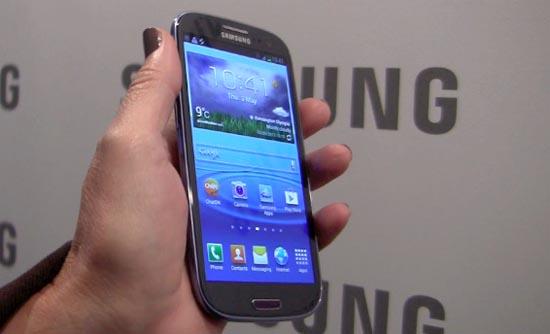
Our phones seem to be hovering around a nice little area when it comes to storage. We can still find some phones out there that have only about 4GB of storage right out of the box, but it’s the high-end handsets, the ones that grab our attention right after the unveiling, that target a bit higher. Ranging from 16GB to 64GB, and occupying plenty of spaces between, there is usually enough room on your phone to hold what you need to be held. If not, some phones let you expand it. Others? Well, some just don’t.
Expandable memory via microSD cards doesn’t seem to be going anywhere anytime soon, but it’s obvious that there are some manufacturers out there that don’t think you need it. We see it time and time again, especially more recently. Manufacturers shove a certain amount of storage in there and then call it good.
So what’s an owner to do?
Some would argue that if you have at least 16GB of storage on your phone, then you probably shouldn’t have much to worry about. That is a lot of storage, after all. But, let’s be honest: not everyone is the same, and some people need more storage. Options exist, yes, but there are different variables that come into play right out of the gate. Like price, for example.
If you want more storage, then you need to pony up the cash to get it. Unsurprising, considering a feature equals something that the manufacturer can charge for, and memory is certainly a feature.
The fact that it’s a feature, is exactly why I’m not surprised at all that it became known yesterday that Verizon and AT&T have decided to skip the DropBox functionality that is supposed to come along with the Galaxy S III by Samsung. Because memory is a feature, and if you get some ridiculous amount of cloud storage for free, why on Earth does that seem like something they’d even be kind of interested in?
As of right now, the Galaxy S III comes in two variations, size wise: 16GB and 32GB. The lowest memory model will run you $199.99 on a new, two-year contract with Verizon. The 32GB model will pull $249.99 out of your pocket for the right to call it yours. As for the DropBox storage? That was going to be an additional 50GB of storage for free for two years. Fancy that -- that’s the length of your contract.
Basically, and this is the subtle way to put it, this is just nonsense. No, this isn’t a make it or break it situation for Verizon and AT&T. Actually, I wouldn’t be surprised if most consumers didn’t even know this deal existed. But, considering how pertinent I think cloud storage is, and how useful it is, I think Verizon and AT&T are serving their customers a pretty big disservice.
Right now, Apple, Google, and Microsoft all offer cloud storage in their own way. There are services like DropBox, SugarSync, and CloudApp. But I think the carriers should allow for this type of cloud storage, the type that’s being offered by DropBox right now for the Galaxy S III. Yes, memory is a feature that they can charge for, but not allowing something like this? What if you actually worked with these outside services to offer more storage? What if?
I think if Verizon (or AT&T, or any other carrier out there) were to offer up a 16GB device, like the Galaxy S III for $199 and 50GB of free cloud storage for a certain amount of time, that would be something that customers would jump on. Think about it: a Motorola DROID RAZR HD with 16GB of on-board storage and 50GB of cloud? 66GB total, which puts it just under the largest iPhone 4S with its iCloud storage. The difference? The 64GB iPhone 4S costs $399.99.
Huge difference, and certainly enough to warrant the attention of new customers, I would think.
So, should carriers start working with cloud service providers to offer more storage to customers who can’t afford it built into the phone? Let me know what you think.